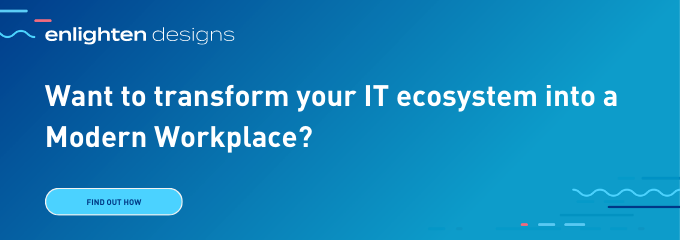IT Change Management: A Major Initiative
Today's corporate IT culture requires frequent change to keep up with the frenetic pace at which hardware and software evolves. These are often major changes that can be difficult for workers to adapt to and incorporate into their thinking. Employees are typically resistant to changes they do not see as beneficial for them, even if they are necessary to the company's survival and to those employees' continued employment.
Change management is a structured method that lays out the steps and processes necessary for change to occur so that employees will accept it while working effectively for the company. It is important to prepare thoroughly for a major IT change initiative to be sustainable.
Particularly important is getting current employees to buy into the changes being introduced and commit to doing what they are directed to do to facilitate the transition. If the changes do not take and produce the needed result, it can lead to higher costs for the company and wasted resources (trainers, software, equipment, man-hours, etc.). Morale may also suffer during an unsuccessful change initiative as it becomes relatively clear that things are not working as intended. Valued employees may depart for a "greener" opportunity, and those left behind may be less satisfied. Engagement may also deteriorate.
Change Management Hurdles
Some significant hurdles to successful change management may come into play during an IT change initiative, such as:
1. Change Fatigue
Because change is a constant, workers can suffer from the feeling that things are constantly changing with no break in sight. People are more likely to resist change if they feel like they have just gone through a stressful transition, and now they are being asked to do it again.
2. Lack of Ongoing Support
The usual way change is handled in organisations is to introduce it, offer training and support for a short duration, and then expect the change to be adopted and become the new normal. Sometimes this works, but not always. Sometimes it leads to failure because the process is longer than expected, and people begin to revert to their “old ways”.
Typically, longer ongoing support is needed to make a major change or set of changes. If the leadership or management does not recognise or anticipate this, the initiative can ultimately fail or can be much less smooth if the proper support isn’t given along the way.
3. Lack of Change Ownership
Change ownership means taking responsibility for the changes and doing the work to make them happen. In some cases, change ownership will also involve employees creating the change themselves rather than being ordered. Employees who don’t own the changes leadership wants to make will actively resist and try to keep things as they are, and may lead to failure of the overall process.
These obstacles to change lead to mental exhaustion for employees and management alike and make IT change management much harder than it needs to be. Proper preparation for change initiatives means anticipating and planning on how to deal with these problems to help make the process more successful.
Thinking about how to manage these issues?
Learn more in Part 2! Or you can learn more about our Modern Workplace offering.

